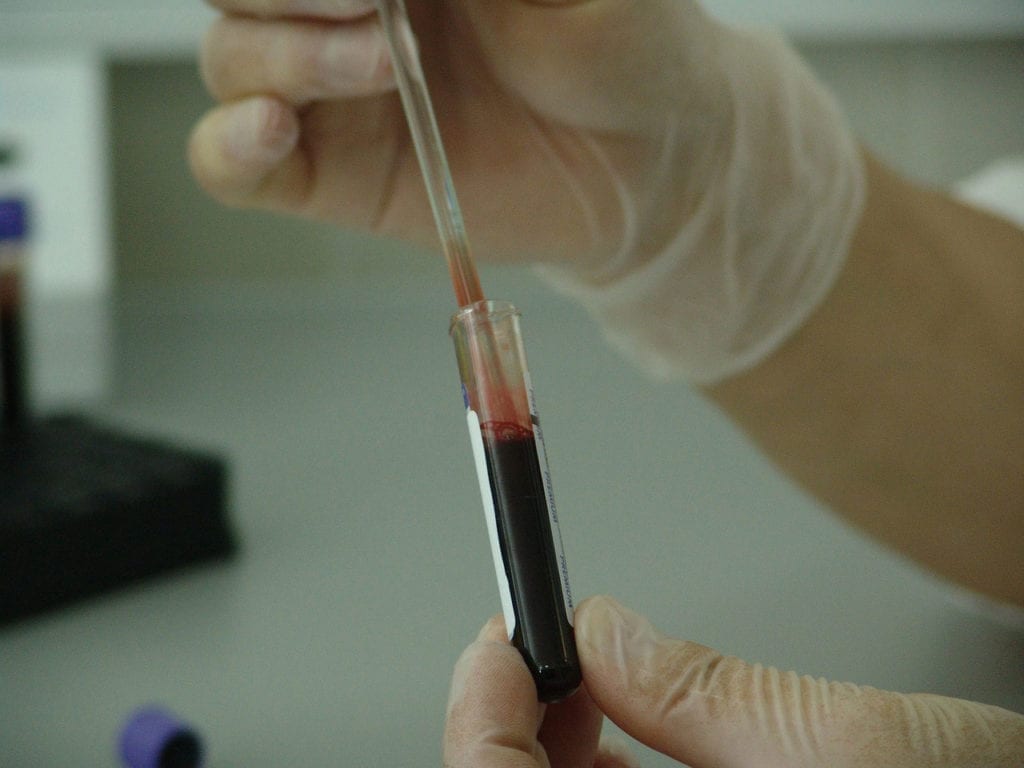According to a recent press release, biopharmaceutical company CASI Pharmaceuticals filed a Clinical Trial Application (CTA) (IND) in the United Kingdom. CASI Pharmaceuticals is hoping to test the safety and efficacy of CID-103, its novel therapy for patients with multiple myeloma and other hematological problems.
CTA
Understanding the Terminology
CASI Pharmaceuticals submitted a CTA (IND) to the UK’s Medicines and Healthcare Products Regulatory Agency (MHRA) to test CID-103. So what exactly are CTA and IND?
A Clinical Trial Application (CTA) is pretty much what it sounds like – an application allowing an organization to gain clearance to hold human clinical trials. VCLS explains it as:
[providing] comprehensive information about the investigational medicinal product(s) and planned trial, [including] product properties, the benefit/risk ratio, the quality of information provided to the trial subjects, and the suitability of the clinical sites and investigators.
Generally, an Investigational New Drug (IND) application is submitted around the same time. For more information on IND applications, check out the FDA’s website.
CID-103 for Multiple Myeloma and Hematological Malignancies
CID-103 is a novel anti-CD38 monoclonal antibody. Let’s break this down a bit:
- CD38: CD38 is a protein found on the surface of multiple myeloma cells. So anti-CD38 therapies (or CD38 inhibitors) recognize these cells as foreign invaders. By binding to the cells, anti-CD38 therapies cause multiple myeloma cell death.
- Monoclonal antibody: Monoclonal antibodies act like immune cells and help fight foreign invaders. Researchers determine how to target antigens (invaders) and create man-made antibodies based on immune cells. Then, the therapy can target specific antigens.
So, in this case, CID-103 can target the proteins found in patients with multiple myeloma or other blood-related cancers. Currently, CASI Pharmaceuticals holds exclusive rights to this therapy.
Multiple Myeloma
Multiple myeloma is a type of hematological cancer; it develops in a plasma cell, a certain type of white blood cell. Overall, it is the 2nd most diagnosed blood cancer. Normally, healthy plasma cells fight infection in the body by creating antibodies. But for patients with multiple myeloma, cancer cells crowd out healthy cells in the bone marrow. Then, abnormal antibodies called M proteins begin to develop.
Survival rate depends on the cancer stage. For those with Stage 1 multiple myeloma, survival rates average 5 years following diagnosis; this is 2-3 years for those with Stage 3. However, treatments like chemotherapy can help improve survival rate and reduce symptoms. Symptoms include:
- Frequent infections
- Kidney issues
- Unintended weight loss
- Anemia
- Excessive thirst and increased urination
- Bone pain, weakness, and fractures
- Nausea and constipation
- Loss of appetite
- Confusion
- Fatigue
- Muscle weakness, particularly in the lower extremities
Learn more about multiple myeloma here.








